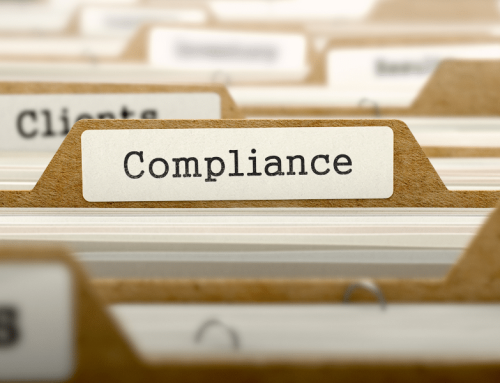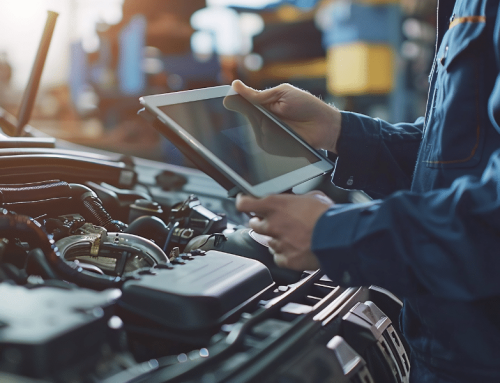As the driver, you are legally responsible for the condition of your vehicle when in use on the road. Drivers must report any defects, or symptoms of defects, that could prevent the safe operation of the vehicles. In addition to daily walkaround checks, you must monitor the roadworthiness of your vehicle when being driven, and be alert to any indication that the vehicle is developing a fault eg: warning lights, vibrations or other symptoms. When a vehicle is on-site, you should walk around the vehicle before leaving the site to identify any faults.
If any safety defects are found, you must not use the vehicle on the road until it is repaired.
Defects
Daily walkaround checks are vital, and the results of such checks must be recorded as part of the maintenance system. It is important that enough time is allowed for the completion of walkaround checks and that staff are trained to carry them out thoroughly. Where more than one driver will use the vehicle during the day's running, the driver taking charge of a vehicle should make sure it is roadworthy and safe to drive by carrying out their own walkaround check; however, due to health and safety implications, this may not be practical on all occasions.
An example of a system for managing in-service driver changes is where a walkaround check is carried out by a responsible person, and the driver's monitor the vehicle during the day's running. When there is a change in driver during the day, it is sometimes unsafe to carry out a walkaround check, for example at a bus stop.
This will be considered acceptable where there is a robust driver defect reporting system in place, which details the initial walkaround check and any defects or 'nil' defects reported during the day for the various drivers of that particular vehicle.
Drivers should be made aware that daily defect reporting is one of the critical elements of any effective vehicle roadworthiness system.
Nil-Defects
Nil defect reporting is also very important, nil-defects show that a daily walkaround check has been carried out and no defects were reported.
It's good practice to have a 'nil' defect process in place as they are a useful means of checking that drivers are carrying out their duties and the reports can be used for audit purposes and demonstrate that your vehicles are compliant and in a roadworthy condition.
In-Service Defects
So, as well as carrying out a check before driving, it's important drivers' continue to monitor their vehicle and report any safety defects that occur on the journey too. This could mean the vehicle needs to be repaired at the roadside or recovered to a workshop to make it safe to drive.
Vehocheck Daily Walkaround Checks
Vehocheck enables you to report vehicle defects, record nil defects and In-service defects electronically and ensures that vehicle walkaround checks are being carried out correctly and in line with DVSA guidance and ensuring compliance.
Using Vehocheck to conduct the vehicle walkaround check, the driver records any identified vehicle defects using the Vehocheck defect reporting app. The check is then immediately uploaded to your transport office and if a defect is recorded an alert is raised and automatically notifies the workshop.
About Vehocheck

Vehocheck is a fleet management and compliance software solution for operators, drivers and workshops, which provides a fully traceable vehicle maintenance, compliance and repair audit for all your assets or vehicles.
The process from vehicle defect identification and managing the repair is enhanced through our workshop job card system, customised reporting to highlight driver behaviour and vehicle issues, with additional in-depth repair cost analysis.
By instantly delivering crucial asset or vehicle defect information, the procedures for correcting these issues can be expedited; enabling companies to maintain a productive, safe and compliant fleet.





